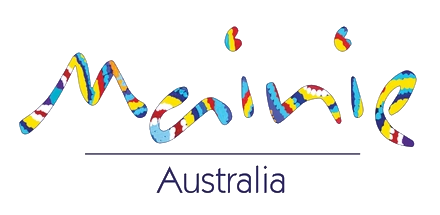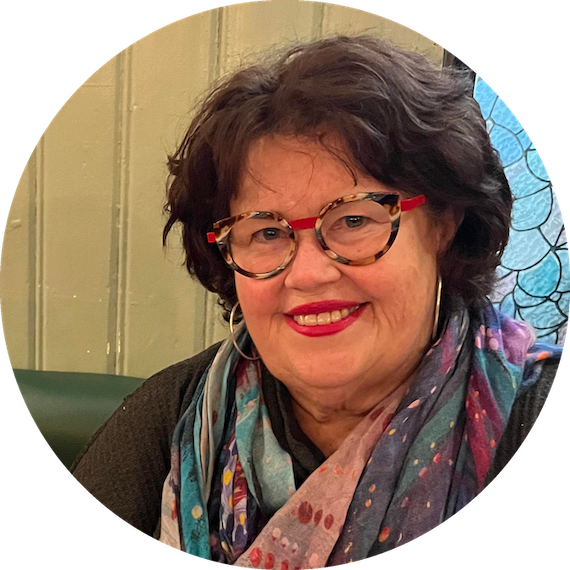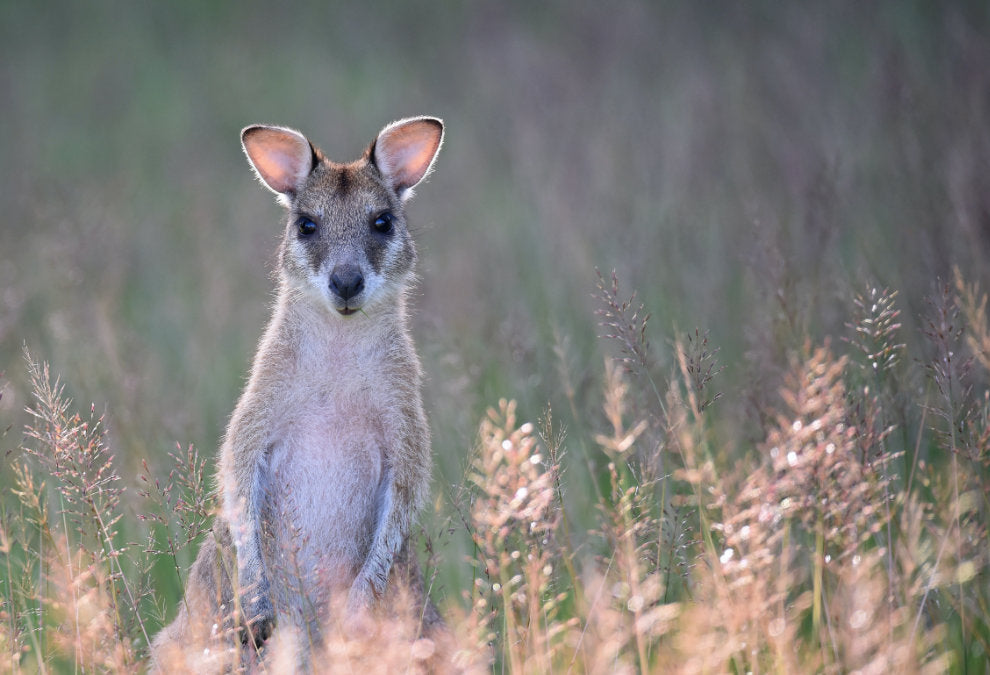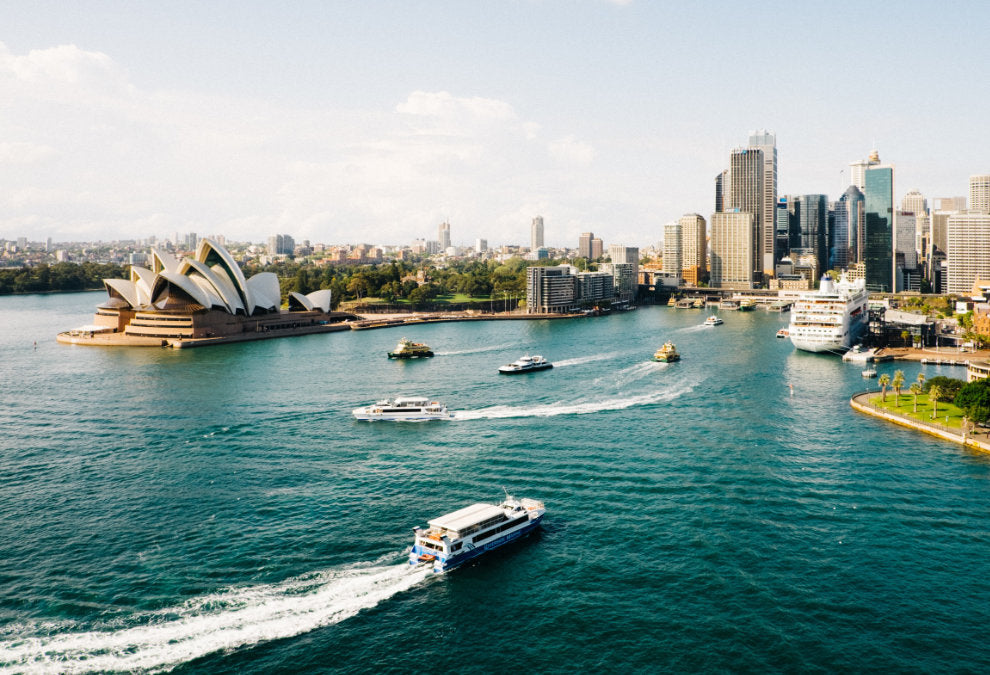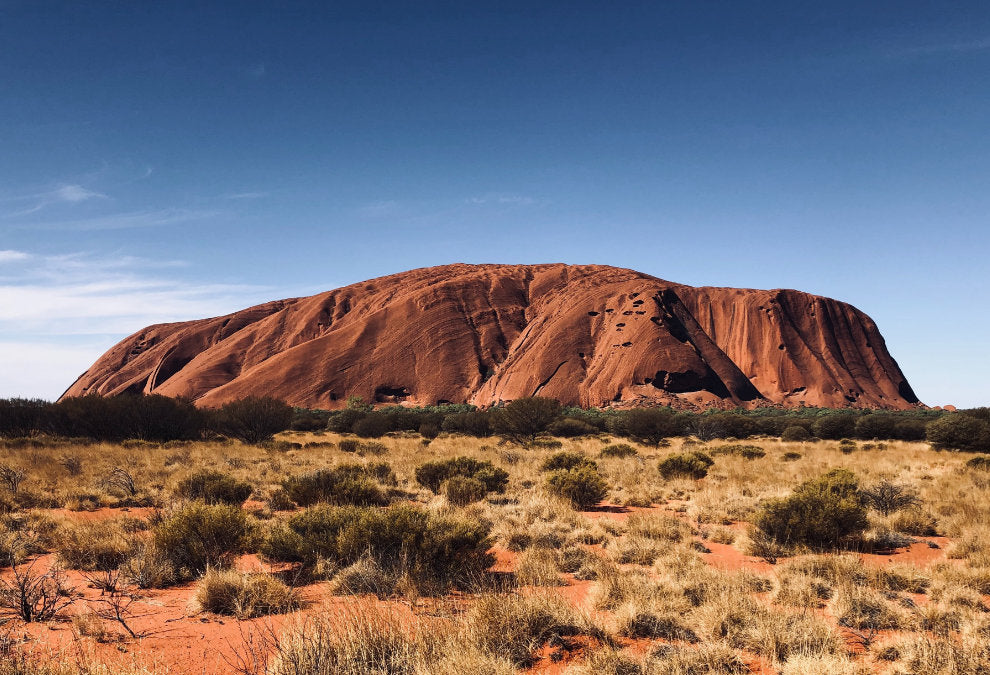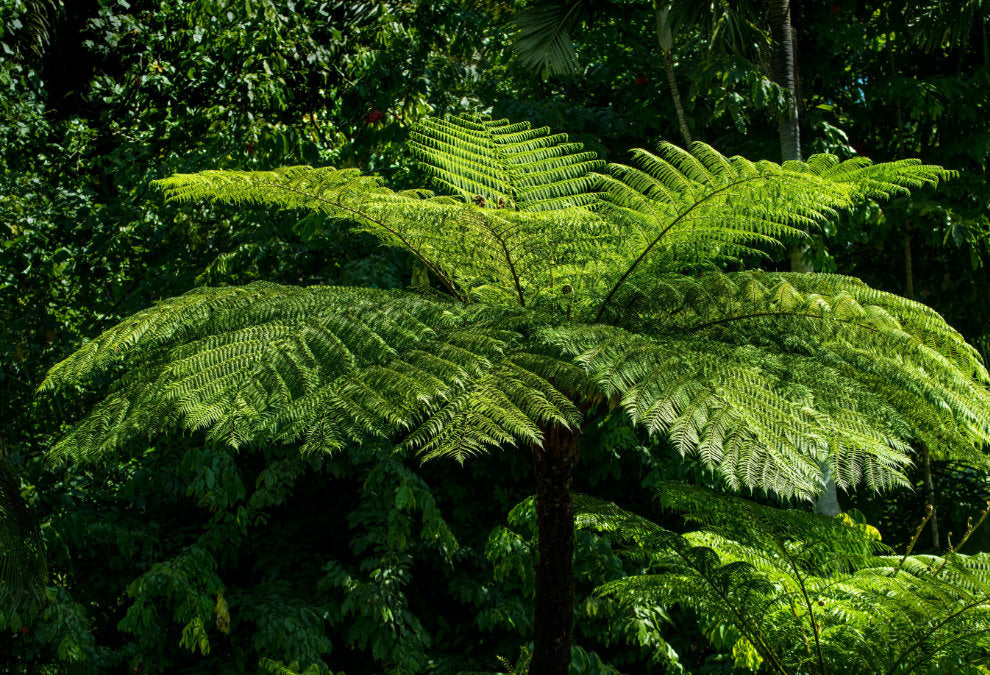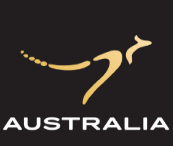
Significant Dates for Indigenous Australians in August
August is a month of reflection, remembrance and recognition.
Across the span of Australia’s colonial and post-colonial history, several key events and individuals connected to the experiences and rights of First Nations peoples are remembered in this month.
From moments of great injustice to historic milestones in the struggle for land rights, sovereignty and recognition, these events reveal both the sacrifice and the resilience of Aboriginal and Torres Strait Islander people and their communities.
We commemorate these significant dates in order of their occurrence within the month.
1 August 1932 – Birthday of Lowitja O'Donoghue
Like many Aboriginal children of her generation whose birthdays were not recorded at the time of their birth, Lowitja O'Donoghue was assigned this birthdate after she was removed from her family as part of the policies that created the Stolen Generations.
Despite a childhood marked by separation and hardship, Lowitja went on to become a trailblazer in nursing, public service and Indigenous advocacy. She was the first Aboriginal nurse at Royal Adelaide Hospital, a founding chair of ATSIC and played a central role in advancing native title and advising national policy.
As one of Australia’s most distinguished Aboriginal leaders, she was named Australian of the Year in 1984, appointed a Companion of the Order of Australia in 1999 and inspired generations through her leadership and life’s work.
Lowitja passed away in 2024. Her legacy lives on in the institutions and movements she helped build.
4 August – National Aboriginal and Torres Strait Islander Children's Day
Celebrated annually since 1988, this day honours the strength and potential of First Nations children. It was established during the bicentennial protests as a way to acknowledge those taken from their families without knowing their birthdates, a legacy of the Stolen Generations.
Children's Day celebrates culture, connection and the role of kin and Country in raising strong, proud and resilient young people.
The 2025 theme, "Little Footsteps, Big Future", recognises the journeys of First Nations children as they grow, guided by identity and community.
It is also a day for advocacy, a reminder of the systemic challenges that continue to affect many First Nations families and the collective responsibility to nurture and empower the next generation.
14 August to 18 October 1928 – Coniston Massacre
The Coniston Massacre in Central Australia is one of the darkest chapters in the Australian frontier wars. Taking place over several weeks, it was a series of violent reprisals by police and armed volunteer against the Warlpiri, Anmatyerre and Kaytetye peoples following the death of a white dingo hunter.
Led by Constable William Murray, the official death toll was recorded as 31, but Aboriginal oral history and later research suggest up to 200 lives may have been lost.
This massacre is typical of the brutal dispossession of Aboriginal landowners during the expansion of pastoral interests in the 20th century. A biased inquiry at the time justified the killings, further highlighting the systemic racism embedded in the legal and political institutions of the era.
Today, Coniston Massacre commemorations organised by communities near Yuendumu serve as acts of truth-telling and remembrance, vital steps towards justice and healing.
14 and 28 August 1963 – Yirrkala Bark Petitions Tabled in Parliament
In a powerful assertion of sovereignty and cultural identity, the Yolngu people of Yirrkala in Arnhem Land submitted the first traditional Aboriginal documents, the Yirrkala bark petitions, to be tabled in the Australian Parliament.
These beautifully painted and written petitions were a direct response to mining leases granted on Yolngu land without consultation or consent. Tabled on 14 and 28 August, they called on Parliament to hear their grievances and protect their sacred Country.
While the resulting parliamentary committee recommended compensation, these suggestions were not enacted. The petitions, however, laid the foundation for the landmark Milirrpum v Nabalco case and later, the Aboriginal Land Rights (Northern Territory) Act 1976.
The Yirrkala bark petitions remain enduring symbols of resistance, cultural pride and the long struggle for Aboriginal land rights.
23 August 1966 – Wave Hill Walk Off
On this day, Gurindji leader Vincent Lingiari led 200 Aboriginal workers and families in a walk-off from Wave Hill Station in the Northern Territory.
What began as a strike against appalling wages and conditions soon evolved into a landmark land rights movement. The Gurindji people’s demand for the return of their ancestral lands became a national cause, supported by unions, students and civil rights advocates.
After nearly nine years of protest, Prime Minister Gough Whitlam handed back a portion of land to the Gurindji people in 1975 in a powerful symbolic gesture. The Wave Hill Walk Off was instrumental in the passing of the Aboriginal Land Rights Act 1976.
It is commemorated annually through Freedom Day celebrations and remembered in the iconic song, From Little Things Big Things Grow.
26 August 1835 – Governor Bourke’s Proclamation: Denial of Aboriginal Land Rights
Governor Sir Richard Bourke’s proclamation on this day declared that all land treaties or agreements made directly between Aboriginal people and colonists were null and void. This proclamation cemented the doctrine of terra nullius, the false notion that the land belonged to no one prior to British occupation.
By asserting that only the Crown could grant land, it denied Aboriginal sovereignty and traditional ownership, laying the legal groundwork for dispossession that would last for another 157 years.
This injustice was not legally challenged until the 1992 Mabo decision, which overturned terra nullius and recognised native title under Australian law.
26 August 1999 – Motion of Reconciliation
On this date, the Australian Parliament passed a Motion of Reconciliation drafted by Prime Minister John Howard in consultation with Aboriginal Senator Aden Ridgeway. It acknowledged past injustices and expressed deep regret for the suffering caused to Indigenous Australians.
However, it notably stopped short of offering a formal apology, a decision that drew criticism from many Aboriginal leaders and advocates.
Despite its limitations, the motion helped build public momentum for reconciliation. Less than a year later, 250,000 people walked across the Sydney Harbour Bridge in support of reconciliation, the largest political demonstration in Australian history at the time.
A formal national apology to the Stolen Generations would eventually be delivered by Prime Minister Kevin Rudd on 13 February 2008.
27 August 1841 – Rufus River Massacre
On this day, at least 30 Aboriginal people were killed by South Australian police and armed volunteers near the junction of Rufus River and Lake Victoria in present-day New South Wales.
The massacre followed a series of violent clashes between colonists and the Maraura people, who were resisting the invasion of their lands.
Although the official Protector of Aborigines, Matthew Moorhouse, accompanied the police party in hopes of preventing bloodshed, the colonial forces opened fire on a group of around 150 Maraura men, most of whom were unarmed and not posing an immediate threat.
James Collins Hawker later wrote in Early Experiences in South Australia (1899): "The firing lasted about fifteen minutes, 30 natives were killed, 10 wounded and 4 taken prisoner... this was the Protector's report but in after years when I was residing on the Murray and had learnt the language of the natives, I ascertained that a much larger number had been killed."
Explorer Charles Sturt later recorded that at least thirty of the dead were buried in a mass grave on the banks of Lake Victoria, noting that the burial mound was still visible during his 1844 – 1846 travels through the region.
The incident and the impunity with which it was carried out, reflects the brutality of frontier conflict and the inhuman colonial mindset that underpinned the systematic annihilation of Aboriginal people and their communities.
Conclusion
For Australia's First Nations people, August is a time for solemn remembrance, deep reflection and continuing resistance.
From the unwavering resolve of leaders like Vincent Lingiari and Lowitja O'Donoghue, to the deep sadness of events like the Coniston and Rufus River massacres, these dates remind us of the importance of truth-telling in Australia’s history.
They also show the resilience and determination of those who continue to fight for sovereignty and Treaty.
As we mark these significant dates each August, we remember those who came before us and commit ourselves to a future built on truth and justice.
